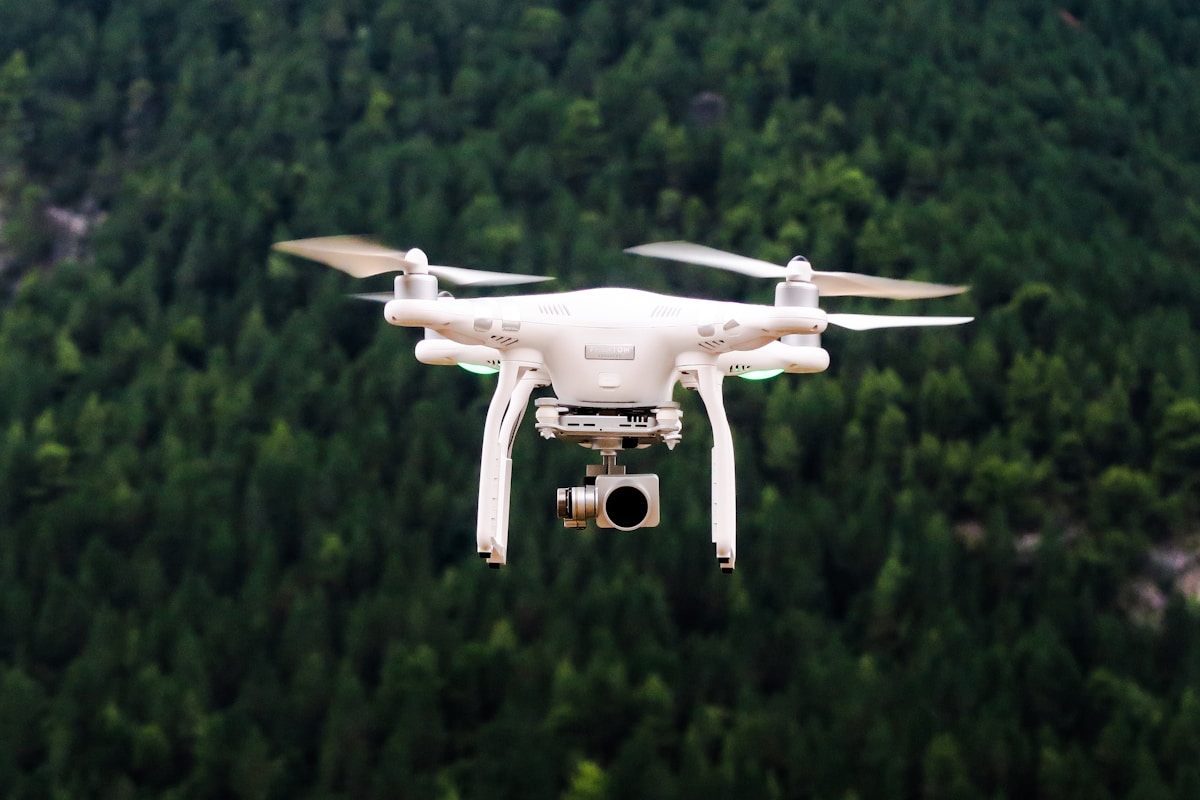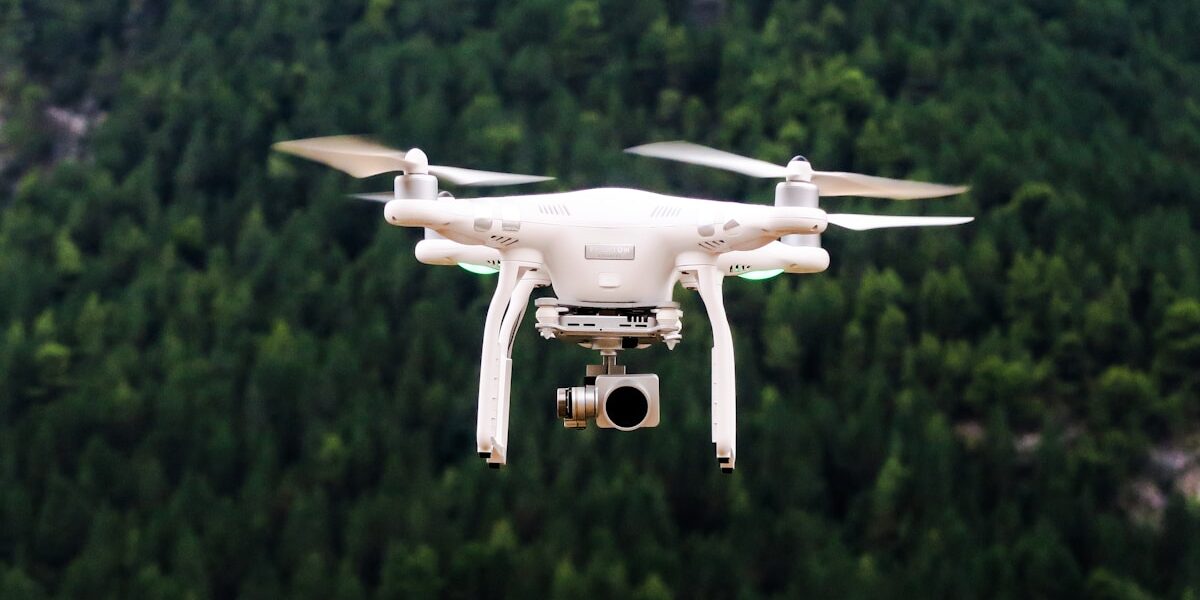The quest for realism, immersion, and the freedom to explore the skies without ever leaving the ground has led to the creation of numerous flight simulators. These sophisticated programs are designed to replicate the experience of flying as accurately as possible, catering to both aspiring pilots and veteran aviators. With a myriad of options available, it becomes imperative to identify which simulator best aligns with one’s aspirations and level of expertise. In this comprehensive evaluation, we will explore the top contenders vying for the title of the best flight simulator, examining their features, fidelity, user experience, and community support to assist aviation enthusiasts in making an informed decision for their virtual flights.

Microsoft Flight Simulator, commonly referred to as MSFS, is undeniably a front-runner in the realm of flight simulation. Launched by Microsoft in 2020, it has captured the imagination of the flight sim community with its unparalleled graphics, expansive aircraft selection, and a world rendered with breathtaking detail. Utilizing satellite imagery and Azure AI, MSFS offers a global scale that allows pilots to fly anywhere in the world, with live weather and traffic adding layers of realism. The simulator is lauded for its newcomer-friendly interface while providing in-depth systems for experienced users. Despite its high system requirements, MSFS’s performance is continually being optimized, and with an active modding community and regular updates, it promises to be a long-term favorite.
X-Plane 11, developed by Laminar Research, has traditionally held a significant share of the market and continues to be favored for its accurate flight dynamics. It employs a unique blade element theory, which calculates the forces on individual elements of an aircraft’s surfaces in real time. This results in a highly realistic flight experience widely respected by the pilot community. Its open architecture allows for extensive modifications, and it boasts a substantial library of third-party aircraft and scenery plugins. While its graphics were surpassed by MSFS, X-Plane 11 still boasts a robust system simulation and multi-platform support, making it a comprehensive option for those who prioritize flight mechanics.
Prepar3D, developed by Lockheed Martin, has entrenched itself primarily within the professional and academic spaces, delivering a simulation platform tailored for training and educational purposes. It offers a plethora of aircraft, detailed environments, and extensibility, leveraging its origins from Microsoft’s earlier ESP platform. Prepar3D enables both single and multiplayer options, with a potent software development kit for custom scenario creation. Catering to a niche market, it commands a higher price point, which can be a barrier for casual simmers, but a worthy investment for serious enthusiasts or professionals seeking a rigorous training tool.
Digital Combat Simulator World, or DCS World, stands out in the genre of combat flight simulators. This platform specializes in military aircraft, offering an unmatched level of detail in weapon systems, avionics, and flight physics, particularly for fighter jets and helicopters. It features a dynamic battle environment with free-to-play and paid modules. The learning curve can be steep, reflecting the complexity of operating combat aircraft. While DCS World may not compete with other simulators in terms of civilian flying, it is the go-to option for those looking to experience authentic military aviation.
Aerofly FS 2 is another entrant that has been gaining traction among enthusiasts. It is praised for its user-friendly interface and smooth performance even on mid-range computers. Aerofly offers stunning graphics, realistic flight physics, and a selection of highly detailed aircraft and airports. Its VR support is particularly impressive, delivering an immersive experience. However, its relatively limited selection of aircraft and scenery compared to its competitors, along with less frequent updates, places it as a less dynamic option in the market.
FlightGear is an open-source simulator that is completely free to use. It boasts a global scenery database and a reasonable selection of aircraft. While it doesn’t measure up to the graphical fidelity of paid simulators, it is under continuous development by an active and passionate community. FlightGear represents a commendable alternative for those who are keen on customizable experience and community contribution without the financial commitment.
Choosing the ‘best’ flight simulator is a subjective endeavor, as it largely depends on individual preferences and objectives. For those seeking the pinnacle of visual quality and a global scale, Microsoft Flight Simulator stands at the top. For pilots and enthusiasts aiming for an accurate replication of the physics of flight, X-Plane 11’s sophisticated flight model provides a compelling case. If realistic combat scenarios and systems modeling are the main draw, then DCS World is unrivaled. And for those who demand fidelity in a professional or educational setting, Prepar3D is a top choice.
Beyond the technical specifications, the community ecosystem is an invaluable aspect of flight simulation. Forums, modding platforms, and online multiplayer events play a crucial role in enhancing the sim experience. As such, popular simulators with large communities offer greater opportunities for mods, tutorials, and shared experiences, which can significantly impact a user’s enjoyment and growth as a virtual pilot.
It is also key to consider hardware compatibility and the potential need for additional peripherals, such as joysticks, yokes, rudder pedals, or even full cockpit setups. Simulators differ in their requirements and scalability, so a suitable choice might hinge on an individual’s current or intended hardware setup.
In conclusion, the search for the best flight simulator is not about finding a one-size-fits-all solution but aligning one’s priorities with the strengths of each simulator. As technology advances and the community grows, flight simulation continues to evolve, offering ever-greater opportunities to take to the virtual skies. Whether it be for education, professional training, or the sheer joy of flying, the virtual skies await those ready to embark on their personal journey of aerial discovery.




Subscribe for Updates
Get the latest articles delivered to your inbox.
We respect your privacy. Unsubscribe anytime.